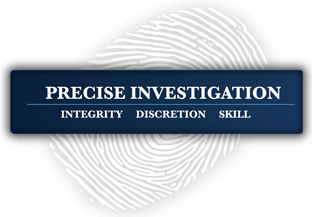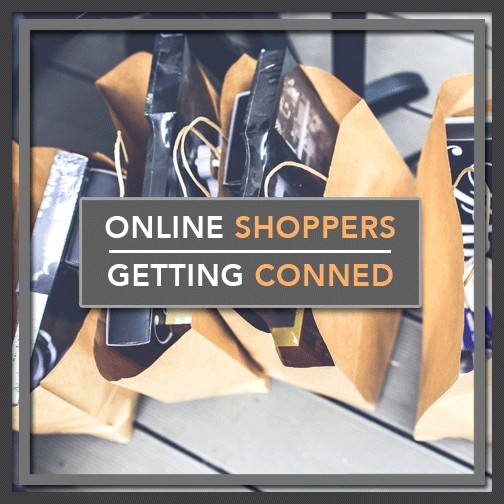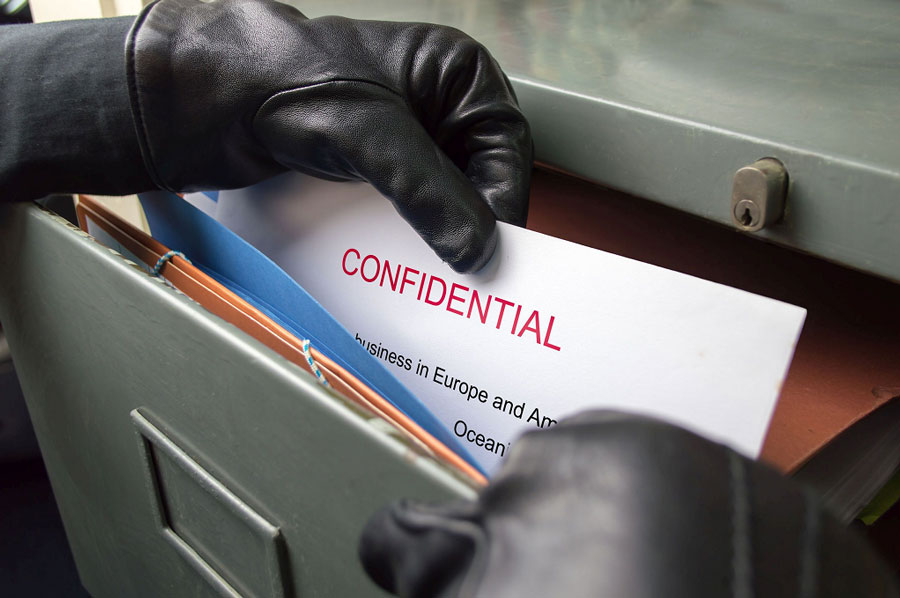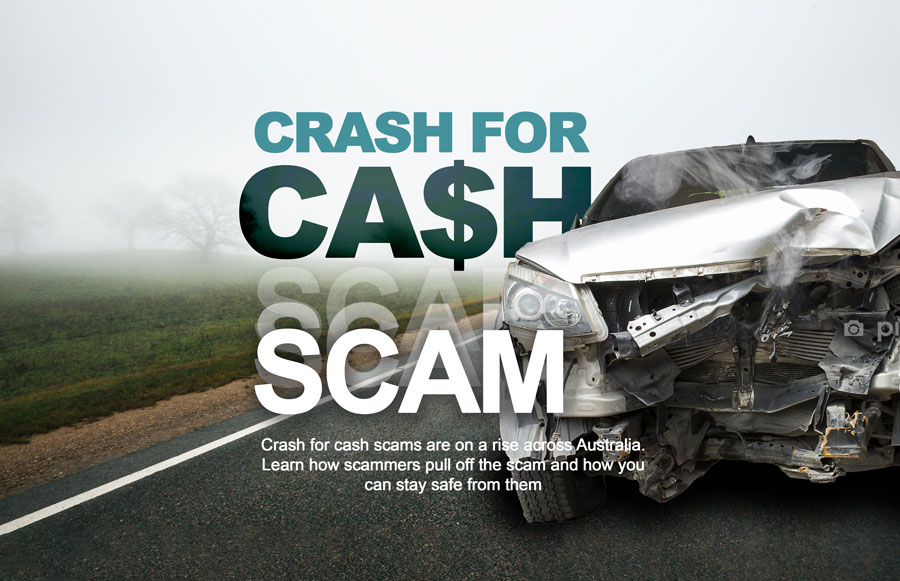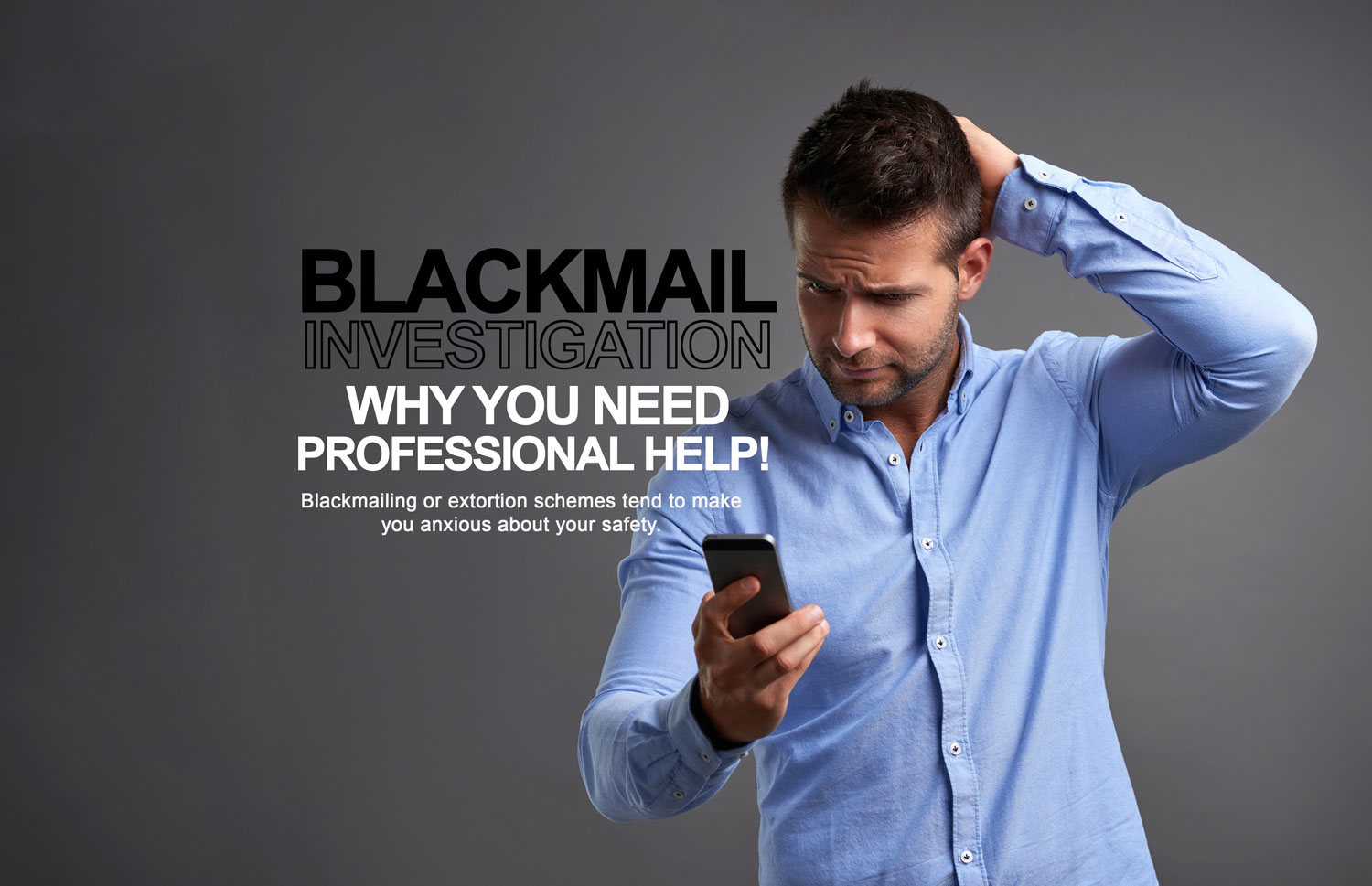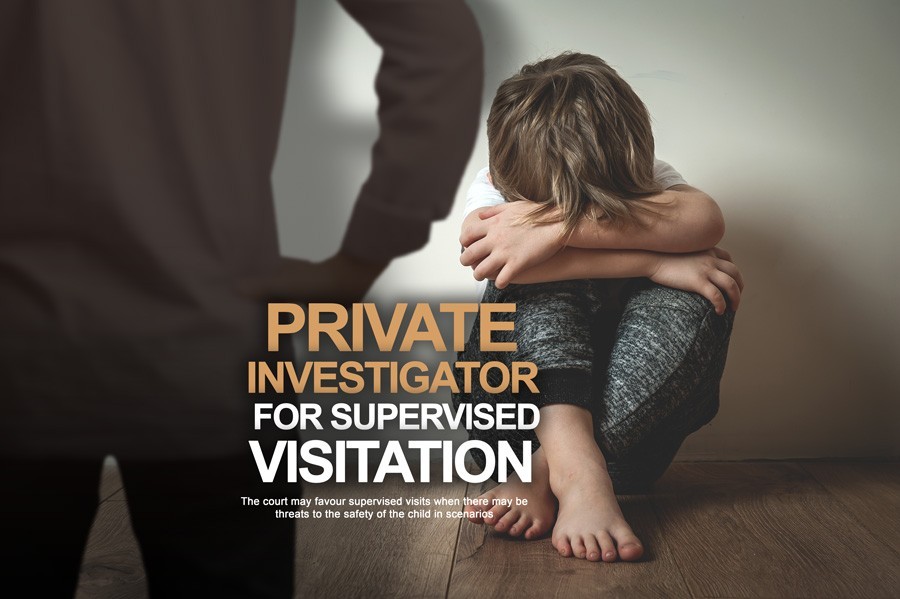Over 1,000 Reports So Far This Year – More Than 50% Report Financial Losses
In light of an article we can across on Scamwatch.gov.au, reporting a shocking number of successful online scams wreaking havoc in Australia, once again, we thought to firstly share the news and secondly, share crucial information that can help you to stay safe(r) online.
The ACCC, the Australian Competition and Consumer Commission, issued a warning a few days ago to online shoppers across the country, asking consumers to be wary of scammers pretending to be real, trusted online retailers – retailers that offer the items you know and love but simply steal your money instead of completing the purchase.
Since January of this year, more than 1000 people have filed reports to Scamwatch and the ACCC about online shopping scams, with Aussies aged between 18 and 24 representing the majority share of those affected. One might think that these scams take a buck or two from each individual, but based on Scamwatch’s statistics, it would appear as thought the average loss, so far, in these online shopping scams is $150 per transaction; based on $150,000 being lost so far.
It is difficult to spot a fake website, especially given that many of these scammers would have spent countless hours coding and developing perfect reproductions of their real counterparts’ websites – it’s a shame that such talented people turn to crime… but perhaps there’s a greater issue behind the scenes that leads them down that path – who knows?
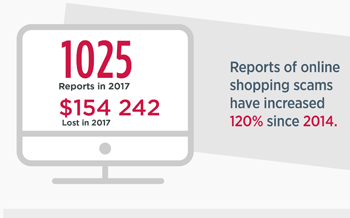 Click here to check out the ACCC’s infographic depicting Australia’s online shopping scam statistics in a clear, easy-to-read design.
Click here to check out the ACCC’s infographic depicting Australia’s online shopping scam statistics in a clear, easy-to-read design.
“Australians love shopping online and scammers take advantage of [it],” ACCC Deputy Chair Delia Rickard commented, “[using] fake websites that look like genuine online stores [with] professional-looking design, stolen logos, and even a ‘.com.au’ domain names.” A chilling reflection of just how easy it is to sucker people into forking out their hard-earned cash.
Ms. Rickard also mentioned that “scammers running these sites will advertise goods, often well-known and trusted brands, at unbelievably low prices to lure in unsuspecting consumers,” but while that might be true, it’s important to note that prices are not always a good indication of a scam – it has been suggested that some scammers are savvy to underpricing goods and therefore set their scams up to reflect the real store’s prices or with more realistic discounts like 10 or 20% off.
“If something looks good to be true, it probably isn’t true,” Ms. Rickards continued, but by highlighting scammers who don’t dupe people in using significantly low prices, it might be even harder to know when you’re being taken for a ride.
But there is hope; there are things that you can do that will help you determine whether the website you’re looking at is the real deal.
In Ms. Rickards’ words, “the biggest tip-off is the method of payment: scammers will often ask you to pay using a money order, pre-loaded money card, or wire transfer, even gift cards from well-known retailers.” That means you’re incredibly unlikely to see options like PayPal, Net-protected Bank or debit and credit card transactions that can be reversed. Be aware though that some websites might still list these payment options on their sites, with logos and pictures and everything, but you’ll only know if it’s legitimate by clicking on those options and seeing what happens – in some scam cases, you might find that those logos and links don’t go anywhere or do anything when you click on them, or you’re presented with “there was an error processing your transaction, please try another payment method”-type message if you manage to type in any information. So, you’re going to have to take a step back and look at the bigger picture to understand who you’re really dealing with.
Our Top Tips on Avoiding Online Shopping Scams
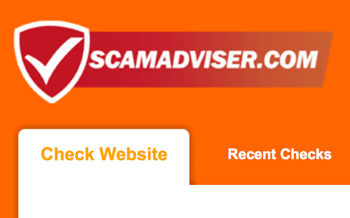 First things first, as soon as you think you might be interested in buying something from a site, copy the site’s URL (web address), open another tab with a scam review service like ScamAdvisor.com or similar, and paste the URL into their search bar. You’ll be given a host of information that can help you determine whether the site you’re looking at is real or not;
First things first, as soon as you think you might be interested in buying something from a site, copy the site’s URL (web address), open another tab with a scam review service like ScamAdvisor.com or similar, and paste the URL into their search bar. You’ll be given a host of information that can help you determine whether the site you’re looking at is real or not;
- Check online reviews and social media sites – people are becoming more vocal over the web, thank goodness, and so they’re also becoming more used to speaking their minds about their experiences. Therefore, if the company you’re buying from is as good as it sounds, it’s likely that people are going to be saying something about it online. If you can’t find a social media page or any online reviews, it might be wise to think twice about making the purchase.
- If the company is supposed to be Australia, run a check on the listed ABNs or ACNs that appear on the site – you can run the checks here. It’s also good to know that if anything does go wrong during a transaction with a listed Australian company, there are many ways of resolving the issue through local dispute courts and resolution agencies – a quick Google search will reveal more than you could need.
 Bigger and more established companies will, most likely, have a SSL certificates associated with their websites – these certify that the website is secure and are often denoted by a padlock symbol in your browser’s web address bar. Additioanlly, you’ll be able to tell by looking at the prefix before the www.” of any site, where secure and certified sites will have “https” and non-secure sites will have “http.” Not all companies have this, as it is an extra expense, so don’t expect pop up boutiques and smaller online stores to have them… but again, if they don’t, it can indicate that any payments you’ll be making will be going over an unsecured connection. Be weary.
Bigger and more established companies will, most likely, have a SSL certificates associated with their websites – these certify that the website is secure and are often denoted by a padlock symbol in your browser’s web address bar. Additioanlly, you’ll be able to tell by looking at the prefix before the www.” of any site, where secure and certified sites will have “https” and non-secure sites will have “http.” Not all companies have this, as it is an extra expense, so don’t expect pop up boutiques and smaller online stores to have them… but again, if they don’t, it can indicate that any payments you’ll be making will be going over an unsecured connection. Be weary.
- Look for grammatical inconsistencies – sometimes when scammers are rushing through, copying bits of text from various pages and pasting them on their fake sites, they can sometimes mess up and get things wrong.
- Look for image quality and definition – reputable online brands will have entire divisions set up specifically to have their websites looks spic and span. That means no pixelated images, no overset text, no layout issues and absolutely no grainy logos! Obviously give the page a moment to load, as images take a few seconds or even minutes (if the website is big) to download, but after that moment has passed and the images are still weird… back away.
- Needless to say, avoid making arrangements with people and companies online who ask for up-front payments via wire transfer, money order, international funds transfer, pre-loaded cards or electronic currencies like Bitcoin.
- Scan over the companies terms and conditions, or at the very least, their returns and refuns policies. While some fake websites may have been able to copy these exactly, most will not have taken the time to set up and establish proper policies, let alone write them out and uphold them. Better yet, the larger companies will have teams of customer support people behind the scenes, so just send them a message; ask them about the item and see what they say. If you get a weird answer from a weird email address, or no answer at all, that’s a good sign to steer clear.
And a general online safety tip to finish: try to avoid clicking on pop-up ads that appear on the web as you browse – particularly those that appear on porn, torrent or lesser-frequented forum sites as they can often download viruses, spyware, malware, and other unwanted software onto your computer.
Don’t forget the Precise Investigation Social Media Competition!
Each week, we’ll be releasing a new image across all of our social platforms for you, our clients, friends, fans and followers to engage with. All you need to do is either spot the difference between two pictures, or tell us what aspects of a photograph have been modified! It’s that easy.
Each contestant will need to earn points to win the amazing GoPro Hero 5 that we’ll be giving away and, to do that, all you need to do is respond to our weekly competition post with your answer; like the post, share it or even comment – every engagement you make with the post will earn you the points you need 😉 For more information, please click here.
To take part in our competition, just click on one of the following links to have a go:
Facebook • Linkedin • Twitter • Google+ (Melbourne) • Google+ (Sydney) • Google+ (Adelaide) • Google+ (Perth) • Google+ (Brisbane) • Google+ (Hobart)

